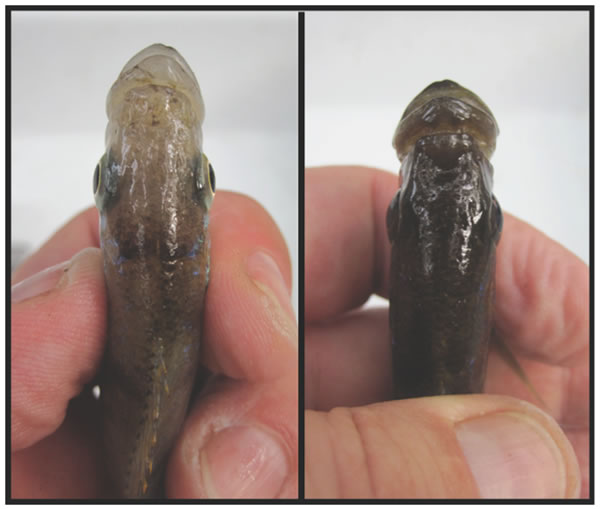By Praveen Menon and Matthew Green
Not long ago, Mohammed Daoud was making good money hiring out halls for wedding parties thrown by a new class of Afghan war entrepreneurs.
Today, he is using
some of the profits to buy a $160,000 apartment nestled amid the
skyscrapers and shopping malls of Dubai.
Daoud sees his 27th-floor bolt-hole as both a canny
investment and the ultimate insurance policy against the darkest
scenarios he can envisage for his homeland when the bulk of foreign
forces leave.
"Nobody knows what's going to happen after 2014," he told Reuters in Kabul. "If something happens with the security situation here, I can take my family. We feel safe in Dubai."
Wealthy Afghans have sharply increased the pace of
investment in property in the Gulf Emirate, motivated by a mix of
hard-headed commercial calculations and more nebulous security fears
sparked by the drawdown.
AFGHAN SHOPPING SPREES
Afghan buyers spent 220 million dirhams ($60.7 million)
on property in Dubai in the first six months of this year, a 27 percent
increase compared with the same period in 2011, according to Dubai
government data obtained by Reuters. Some are spending up to 20 million
dirhams on shopping sprees for multiple villas, while many buy
million-dollar homes in cash, dealers say.
The growth outpaced a 21 percent rise in total property
transactions in Dubai by both local and foreign investors in the same
period. The interest was driven in part by a steep decline in prices in
the Emirate's once white-hot property market.
The figures will make troubling reading for Western
allies struggling to convince an uneasy Afghan population the transition
will not be a prelude to international abandonment or an escalation in
fighting with the Taliban.
Haji Obaidullah Sader Khail, chairman of the
Afghan-Dubai Business Council, said the true scale of Afghan investment
could be four times higher than the data suggests because many
transactions may not have been registered.
"I know people who have bought 15 to 20 villas," he said.
According to the official figures, the number of
properties Afghans bought in Dubai jumped to 114 in the first half
compared to 76 in the same period in 2011.
BILLIONS IN SUITCASES
Reports from real estate agents that Afghans routinely
buy luxury homes in cash will do little to ease concerns that some of
the billions of dollars the United States and its allies spend to
bankroll the government and security forces is seeping abroad.
Afghanistan's
central bank says that Afghans carried $4.5 billion in cash from Kabul
airport last year in declared currency exports, double the amount in
2010. The bank estimates that the total amount of cash leaving
Afghanistan each year could be as much as $8 billion -- almost twice the
size of last year's budget.
The exodus of money is even larger than the $6.37
billion in net official development assistance Afghanistan received in
2010 -- 45 percent of gross domestic product -- making it one of the
world's most aid-dependent countries.
The central bank imposed new rules limiting the amount
of cash an individual can take out of the country to $20,000 in March,
but officials say cash is finding alternative paths, such as the
poorly-supervised airport in Kandahar in the south.
"People are still
taking physical cash from Afghanistan," deputy central bank governor
Khan Afzal Hadawal told Reuters. "We are working on a mechanism to
ensure the money is channeled through the banking sector."
While much of the outflow may represent the proceeds of
regional currency trading or licit commerce in a cash-based economy,
Afghan and Western officials believe a share is derived from government
corruption, the theft of aid or heroin trafficking.
"With the U.S. pulling out of Afghanistan a feeling of
insecurity is setting in," said Parvees Gafur, chief executive of
Dubai-based Propsquare Real Estate. "They want to invest before it's too
late."
"TRADERS ARE LIKE BIRDS"
The legacy of the West's adventure in Afghanistan will
not depend solely on the fight against the Taliban; if growth stalls it
may be harder for the state to consolidate its authority as most foreign
troops return home.
The flood of cash leaving Kabul airport in boxes and
suitcases has stoked fears that entrenched graft and persistent capital
flight will make it harder to put a booming but fragile war economy on a
more sustainable path.
A U.S. government audit report last year found it was
almost impossible to track where much of the billions of dollars spent
on security and development projects in the last decade had gone given
the country's weak financial tracking system and poor bank oversight.
Afghanistan ranks near the bottom of Transparency International's 2011
Corruption Perceptions Index.
Afghanistan's power elite has long cherished second,
third or fourth homes in Dubai as footholds in a land of designer
boutiques and safe neighborhoods less than a three-hour flight from the
more unpredictable streets of Kabul.
Since the United States ousted the Taliban in 2001,
lucrative and often badly-supervised contracting opportunities offered
by NATO forces or civilian agencies have spawned a new breed of
oligarchs who boast ostentatious addresses. With international forces
scaling back, growth is sure to slow.
"Spending from the
U.S. and international community is going to decrease," said Ajmal
Saifi, chief executive of Prestige Real Estate in Dubai, part of an
Afghan family-run conglomerate that includes construction and retail
interests in Afghanistan.
UNCERTAINTY AFTER KARZAI
Uncertainty about who will replace President Hamid Karzai,
due to step down in 2014, has compounded investor anxieties in a
patronage-driven economy where fortunes are won or lost as the political
landscape shifts.
Under pressure from aid donors, Karzai has ordered
ministries to take steps to fight corruption and told the Supreme Court
to accelerate investigations into long-standing graft cases.
Although few believe his call will have much impact,
the announcements have caused jitters among Afghan plutocrats.
Western countries have pledged durable support to the
Afghan government, keen to allay fears of a replay of the slow-motion
collapse and civil war that followed the Soviet withdrawal in 1989.
But Afghan investors are wary of risking their savings
to build factories or farm projects that could help reduce Afghanistan's
chronic dependence on foreign aid while the country is in flux.
"The traders are like birds, always looking for greener
and more suitable places. But now they are flying from Afghanistan,"
said Khan Jan Alokozai, one of Afghanistan's most prominent traders and
Vice-Chairman of the country's chamber of commerce.
"They all fear that if the government starts to crack
down on corruption, they will lose all they have earned. So it's a good
time to take out as much as they can," he said.
"ALWAYS CASH BUYS"
Buyers jetting in from Kabul are mainly purchasing
property worth between three million dirhams ($816,800) and four million
dirhams ($1.09 million), according to Gafur, the dealer.
Some have found their dream home in the Palm Jumeirah, a
frond-shaped development of luxury seafront villas whose vista of
passing yachts cuts a stark contrast with the panorama of tawny hills
encircling Kabul.
Others have sought an abode in up-market developments
with names like Emirates Living and Business Bay and in the
needle-shaped Burj Khalifa, the world's tallest building.
In spite of the sums involved, Afghans often prefer to
pay cash to avoid the higher fees and greater scrutiny required to move
money through the banking system, dealers say.
"They are always on cash buys," said Said Quaid Abbas, managing partner at Mideast Properties, a Dubai-based real estate firm, which counts some Afghans among its clientele. "They don't deal through banks."
BARGAIN HUNTING
Security concerns have motivated many Afghan
house-hunters to buy in Dubai, but some are primarily looking for
bargains.
Dubai real estate prices slumped by more than 60
percent from their peak in 2008 after the global economic crisis
triggered a collapse in the Emirate's property market.
Prices have started to recover. The total value of real
estate transactions in Dubai topped 63 billion dirhams ($17.2 billion)
in the first half of 2012, a 21 percent increase over the same period in
the previous year, according to the data.
Foreign investors bought 22 billion dirhams of the total, buying 12,875 properties.
Indians, Pakistanis and Britons were the top three
investors in Dubai real estate, followed by Iranians, Russians and
Saudis. The government only ranks the top ten most active buyers by
nationality and Afghans do not figure on that list.
Middle Eastern investors seeking a haven from the
turmoil of the Arab Spring are also snapping up houses, estate agents
say.
In Afghanistan, a sharp slowdown in the property market has encouraged investment in Dubai.
Haji Shir Shah
Ahmadzai, managing director of a real estate company in Kabul, said
property prices in Afghanistan had fallen by about 35 to 50 per cent in
the past year. "The only people who are selling properties are people
who need money fast," he said.
BANK SCANDAL
The propensity of
rich Afghans to acquire assets in Dubai fell under the spotlight after a
run at Kabul Bank, the country's biggest private lender, in 2010.
Dubai villas
account for about $160 million of some $900 million in assets auditors
are trying to recover from the collapsed bank, which extended unsecured
loans to a roster of well-connected individuals, according to a former
senior Afghan official.
In June, the Afghan
government told the International Monetary Fund that it had managed to
retrieve properties in Dubai worth an estimated $44 million.
Afghans' faith in
their financial system has yet to recover from the Kabul Bank scandal.
It is a measure of the lack of confidence in the Afghani that some 70
per cent of deposits in Afghan banks are held in dollars, according to
central bank officials.
Not everyone is
gloomy. "We can't expect some John, or Matt, or others to build our
country ... we have to do it and lead ourselves," said Ajmal Saifi,
whose family business continues to invest in Afghanistan.
In Kabul, Daoud's
laborers toil at the concrete skeleton of a new hall he is building in
the belief that the top tier of Afghan society still has many more
wedding parties ahead. He rests a little easier in the knowledge that
there are at least six flights a day to his second home in Dubai.












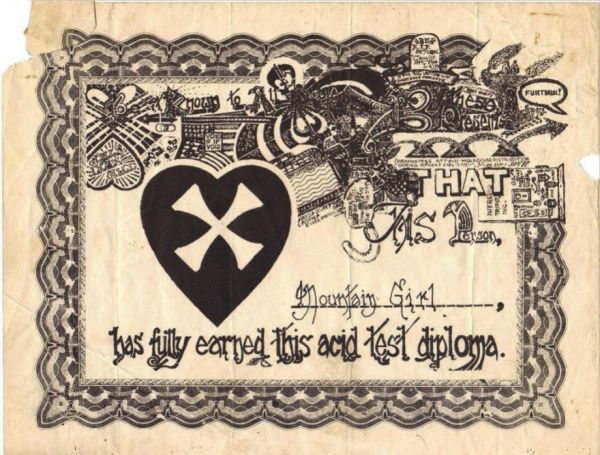
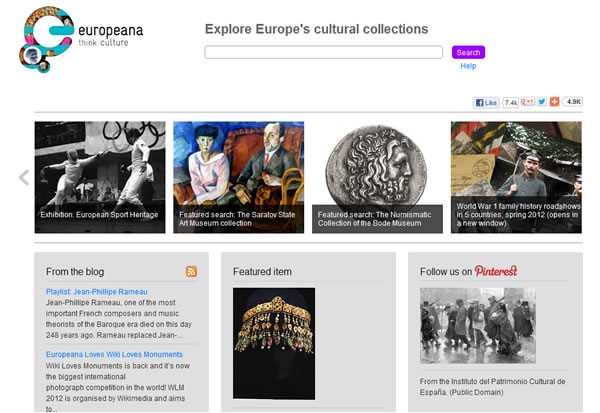
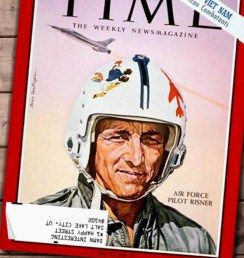 In
1952, Air Force Captain James Robinson Risner and his wingman 1st
Lieutenant Joe Logan chased enemy MiGs across Korea into Chinese
territory. After the battle, Logan's plane was disabled and leaking oil
and fuel. Instead of bailing out to be captured, Risner used his plane
to push Logan's plane along!
In
1952, Air Force Captain James Robinson Risner and his wingman 1st
Lieutenant Joe Logan chased enemy MiGs across Korea into Chinese
territory. After the battle, Logan's plane was disabled and leaking oil
and fuel. Instead of bailing out to be captured, Risner used his plane
to push Logan's plane along!

 Most
big fruit tree orchards use grafted trees to combine a sturdier trunk
and root plant with delicate branches that produce tasty and consistent
fruit. A long-dead fruit tree can keep bearing fruit from branches
attached to a different trunk. And it is possible to graft several
different kinds of fruit branches onto the same tree!
Most
big fruit tree orchards use grafted trees to combine a sturdier trunk
and root plant with delicate branches that produce tasty and consistent
fruit. A long-dead fruit tree can keep bearing fruit from branches
attached to a different trunk. And it is possible to graft several
different kinds of fruit branches onto the same tree! 
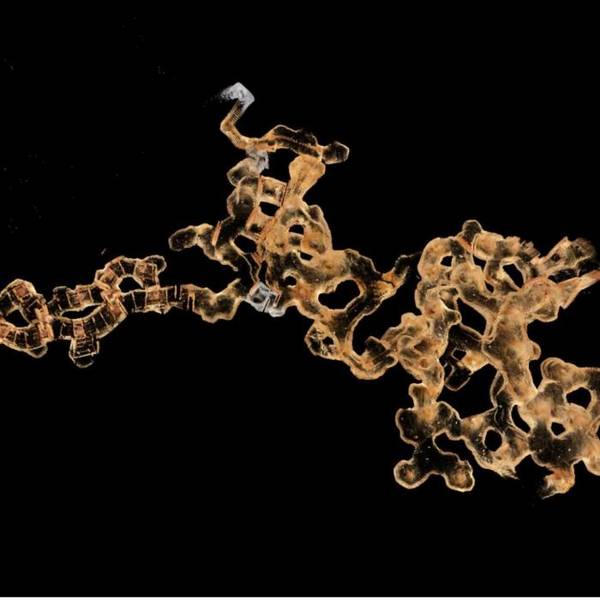


 In
medieval Europe, it was common for animals to be put on trial and
sentenced to punishment as if they understood the proceedings. Livestock
and wild animals would be tried for assault or murder of a human,
insects and rats were prosecuted for destroying crops, and livestock
could be put to death for bestiality along with the human perpetrator
(although a beast could prove innocence with witnesses to its virtue).
There were unspoken reasons behind these shenanigans, in the days when
the separation of church and state was nonexistent. The church could lay
blame for bad events on people or animals, and take credit for doling
out justice.
In
medieval Europe, it was common for animals to be put on trial and
sentenced to punishment as if they understood the proceedings. Livestock
and wild animals would be tried for assault or murder of a human,
insects and rats were prosecuted for destroying crops, and livestock
could be put to death for bestiality along with the human perpetrator
(although a beast could prove innocence with witnesses to its virtue).
There were unspoken reasons behind these shenanigans, in the days when
the separation of church and state was nonexistent. The church could lay
blame for bad events on people or animals, and take credit for doling
out justice.
